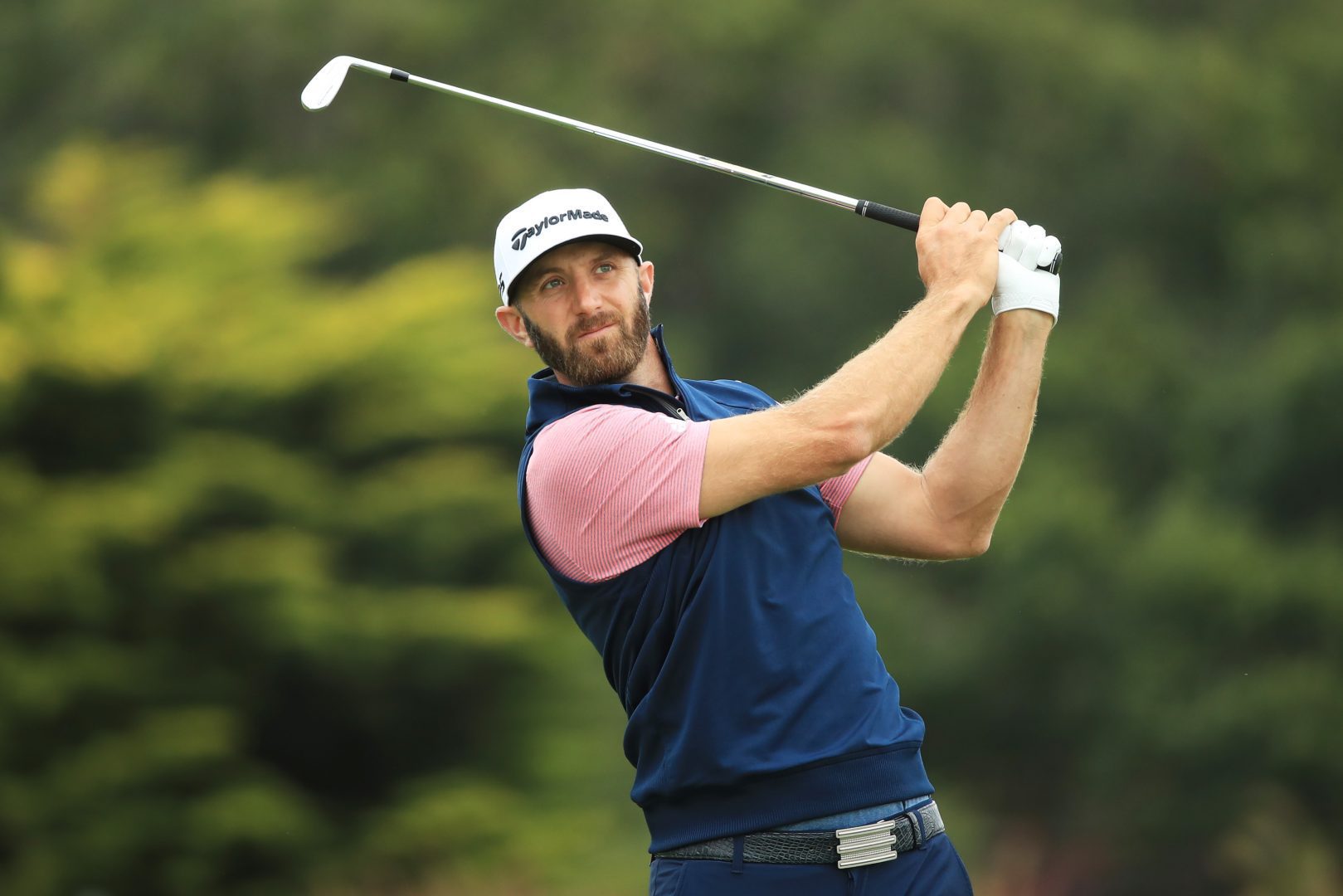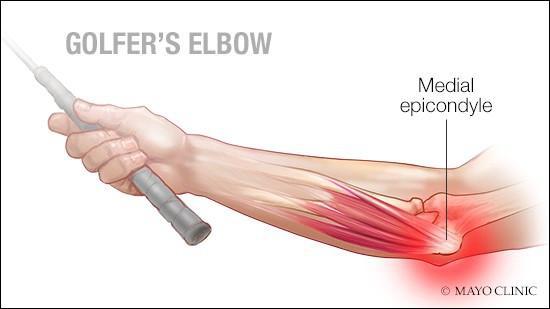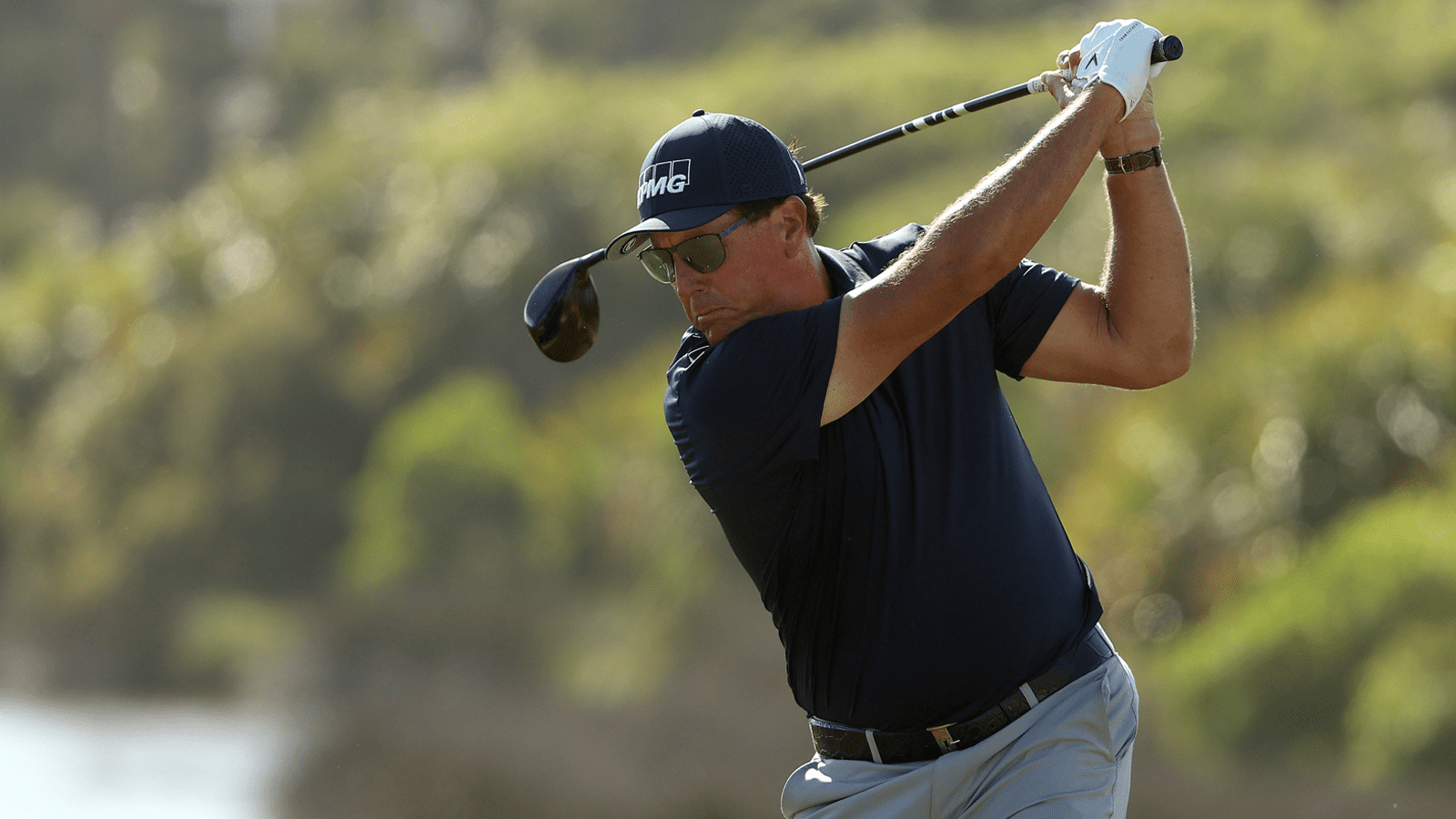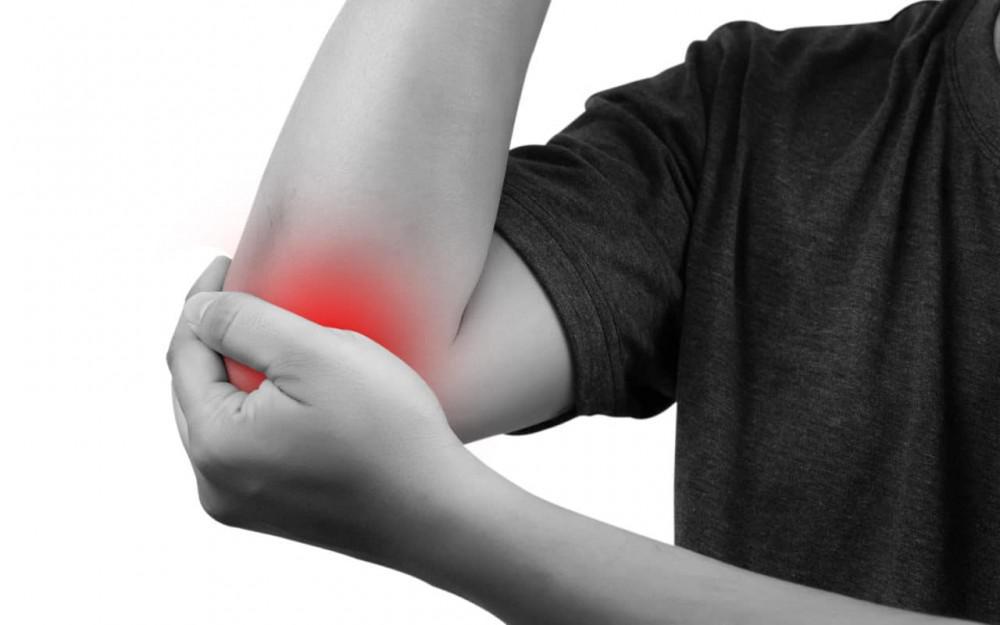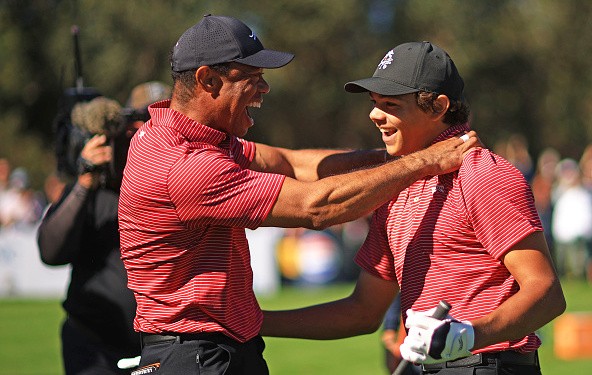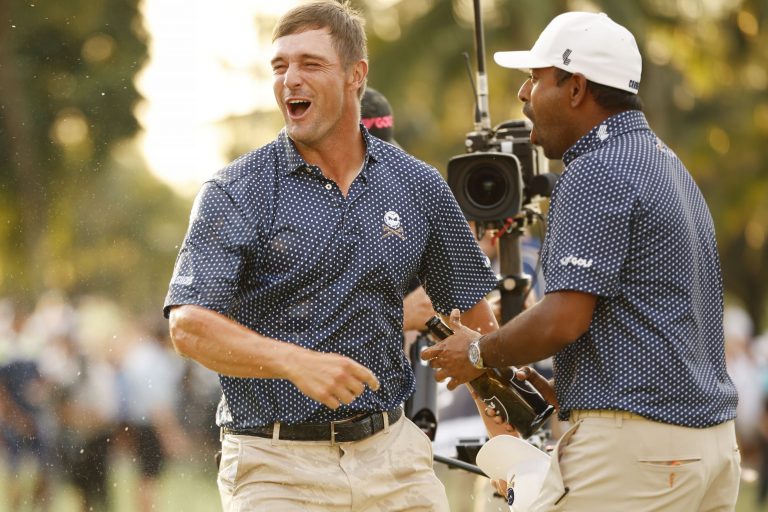The ‘golfer’s elbow’ and ‘pitcher’s elbow’ where you don’t have to swing a golf club to develop golfer’s elbow, rather; from swinging a tennis racquet, hefting a loaded food tray, hammering nails, or pounding away on your computer keyboard.
What it is?
Golfer’s elbow is a form of tendonitis that causes pain and inflammation in the tendons connecting your forearm and elbow especially when you repeatedly use your wrist and arm to bend, grasp or twist things on day to day tasks.
What happen?
Due to repetitive trauma or activates causes tendons of anterior forearm muscles on centers on the bony bump medial side of elbow develop tiny micro and macro tears that causes grow inflammation.
What would you expect?
• Pain on the inside of your elbow and may radiate into the forearm.
• Usually gets better with rest.
• Tenderness and pain, usually on the inner side of your elbow or the inner side of your forearm but you could have pain with certain movements, like making a fist or swinging a golf club.
• Tingling or numbness in your fingers (usually the ring and little fingers).
• Weakness in your hands and wrists
How you may confirm? (Pronator test)
a. Patients Position: The patient can be seated or standing for this test.
b. Procedure: Patient actively flexes and pronates their wrist and forearm while the examiner resists this motion.
c. Interpretation: If sudden pain or discomfort is reproduced along the medial epicondylar region, the test is considered positive.
What you should do?
• Apply ice to your elbow for 15 to 20 minutes three or four times per day.
• Rest the injured elbow from aggravating activities
• Talk to your doctor or physical therapist to come up with an exercise plan that’s right for you.
• Stretching and strengthening exercises can help make golfer’s elbow go away faster.
• Some band or brace may help to recover faster.
Preventing Golfer’s Elbow
The key to preventing golfer’s elbow is to avoid overuse. If you feel any pain in your elbow during an activity, stop before it gets worse.
The writer is an Assistant Professor and Specialist in Pain, paralysis and Sports injury


